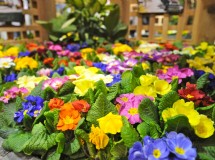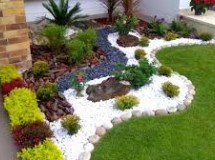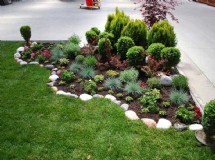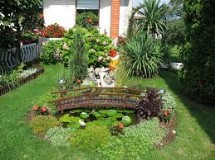- Acer palmatum var. dissectum are the laceleaf or cutleaf variety of Japanese maple with finely arched, cascading branches. They are distinguished not only by their weeping growth habit, but by their dissected, or thin, lace-like leaves. Dissected Japanese maples tend to be small, averaging between 6 and 10 feet tall, and are slow growing. They can be trained as small trees or shrubs.
- Plant in part shade to avoid sun-scorched leaves and in a location protected from strong winds. Maples require rich, moist soil that is well drained and not allowed to dry out. Water thoroughly during dry periods, allowing the hose or drip line to slowly soak the soil to a depth of 12 inches. To help conserve moisture, mulch around the base of the tree.
- Tender leaves are sensitive to air pollution and late spring freezes. A number of fungal infections, including anthracnose, cytospora canker and armillaria root rot can infect the tree. Bacterial and viral pathogens can also be problems. Pests include aphids, mealybugs, mites beetles, caterpillars and many others. Drought stressed trees or those suffering from other environmental stresses are more susceptible to disease and pests. Keep your trees properly watered in order to minimize the chance of infection or infestation.
- According to the Virginia Cooperative Extension, there are hundreds of Japanese maple cultivars. They recommend consulting with your local garden center to find one suited to your area. Dissectum Atropurpureum is a small maple with deep red leaves. Crimson Queen has dark, purplish red leaves that change to brilliant red in the fall. Viridis is a green variety forming a compact mound with red-tipped yellow fall foliage.
Dissected Japanese Maples
Cultivation
Problems
Varieties
SHARE







































